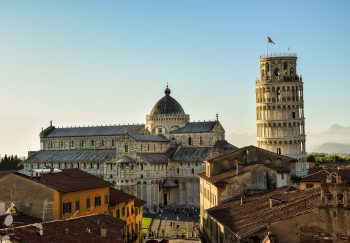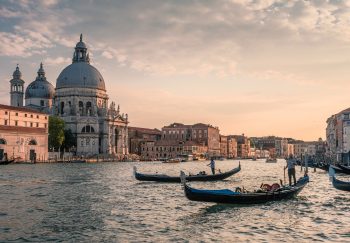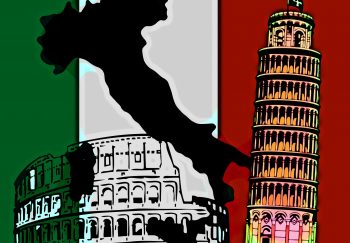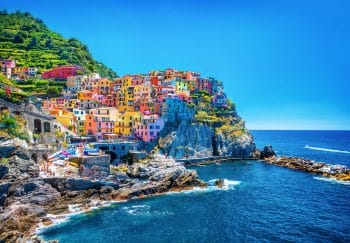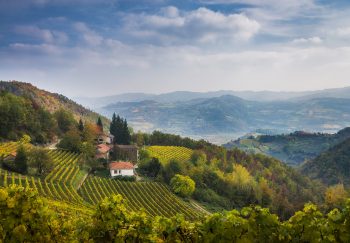It is a truly unique experience to reach the summit of a volcano. Walking on different heights through fragrant forests of caper flowers, brooms, and obsidian can be a memorable experience. You can also walk among the white expanses of pumice, the black beauty and wonder of the obsidian, and admire small lapilli from the rocks. You’ll also find lapilli in the Malvasia vineyards. You’ll walk through oleanders and heathers, olive trees, and myrtles. This can happen in Sicily, one of the most unique archipelagos in the world.
The Aeolian archipelago is made up of seven islands, all of volcanic origin, many cliffs and islets, and is spread across a blue ocean. Each island – Lipari and Salina, Vulcano and Stromboli, Filicudi, Alicudi, Panarea – are a paradise filled with beauty. We recommend walking to the islands, taking in the steep climbs that rise about two thousand meters from the blue sea level. You will enjoy a spectacular view from this height. Also, you can try to identify the islands’ shapes that look like prehistoric animals asleep on the water.
You must not miss the climb to Stromboli via the Sciara del Fuoco, 918m high, and its “Pizzo”, (summit), where you can see the Volcano eruptions (one every six minutes). Also, a climb up to Vulcano (recalling Dante’s Inferno), to find the sulfur gases from the earth and therapeutic muds that are great for a relaxing warm bath.
Every island has at least one unique natural trail… but often there are many.
Filicudi has Punta Lazzaro. This is only accessible by an overgrown path. Alicudi has Filo dell’Arpa which boasts terraces and peasants still riding a mule.
Monte dei Porri, Fossa delle Felci, and the amazing Pollara with half crater still standing were Il Postino was filmed; in Panarea, there’s Punta del Corvo, where you can see Basiluzzo, Lisca Bianca, and Dattilo.
Lipari is home to Monte Pilato and Capo Bianco. It also contains the special “cave de pomice” (pumice caves) in Porticello.
The Aeolian Islands is a UNESCO heritage site. It allows you to visit an ancestral land that was forged by fire, rocks, waves, and fire. It has been inhabited since Neolithic times, thanks to its rich obsidian and fertile volcano soil. Man’s work over the centuries created dry stones and mule tracks, lanes, and walls.
We can now enjoy breathtaking and timeless views from a location where people live like ancient Gods in a unique and rarefied environment.

